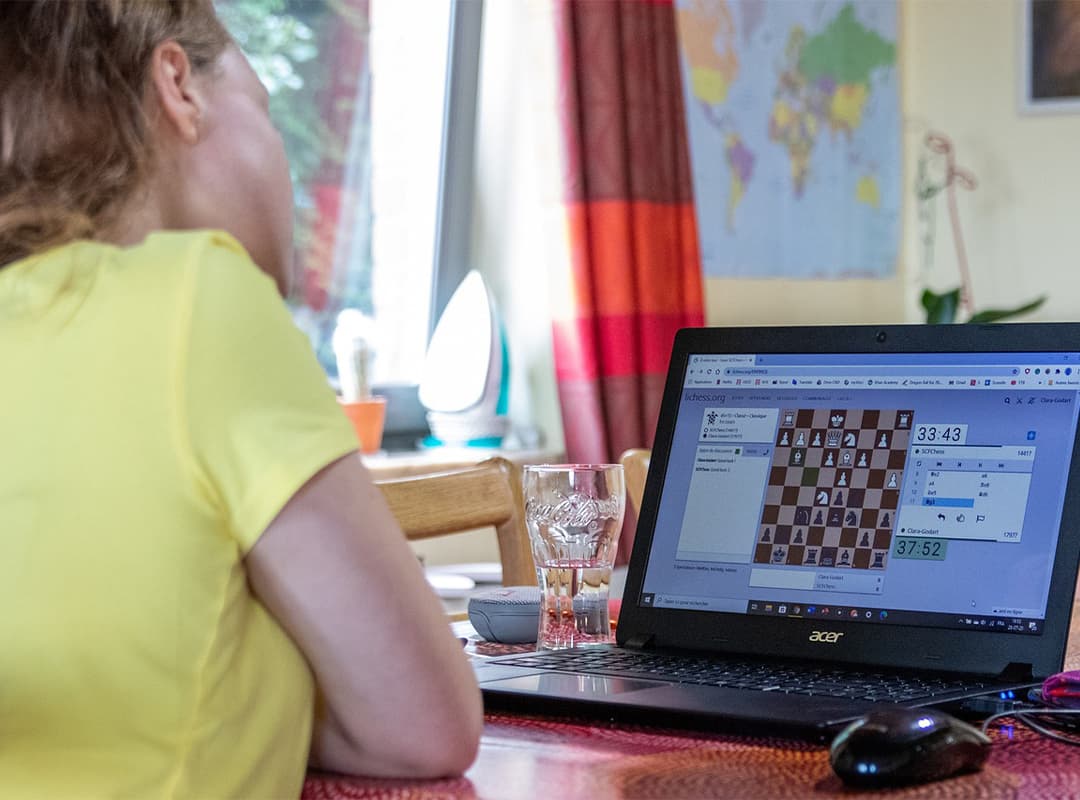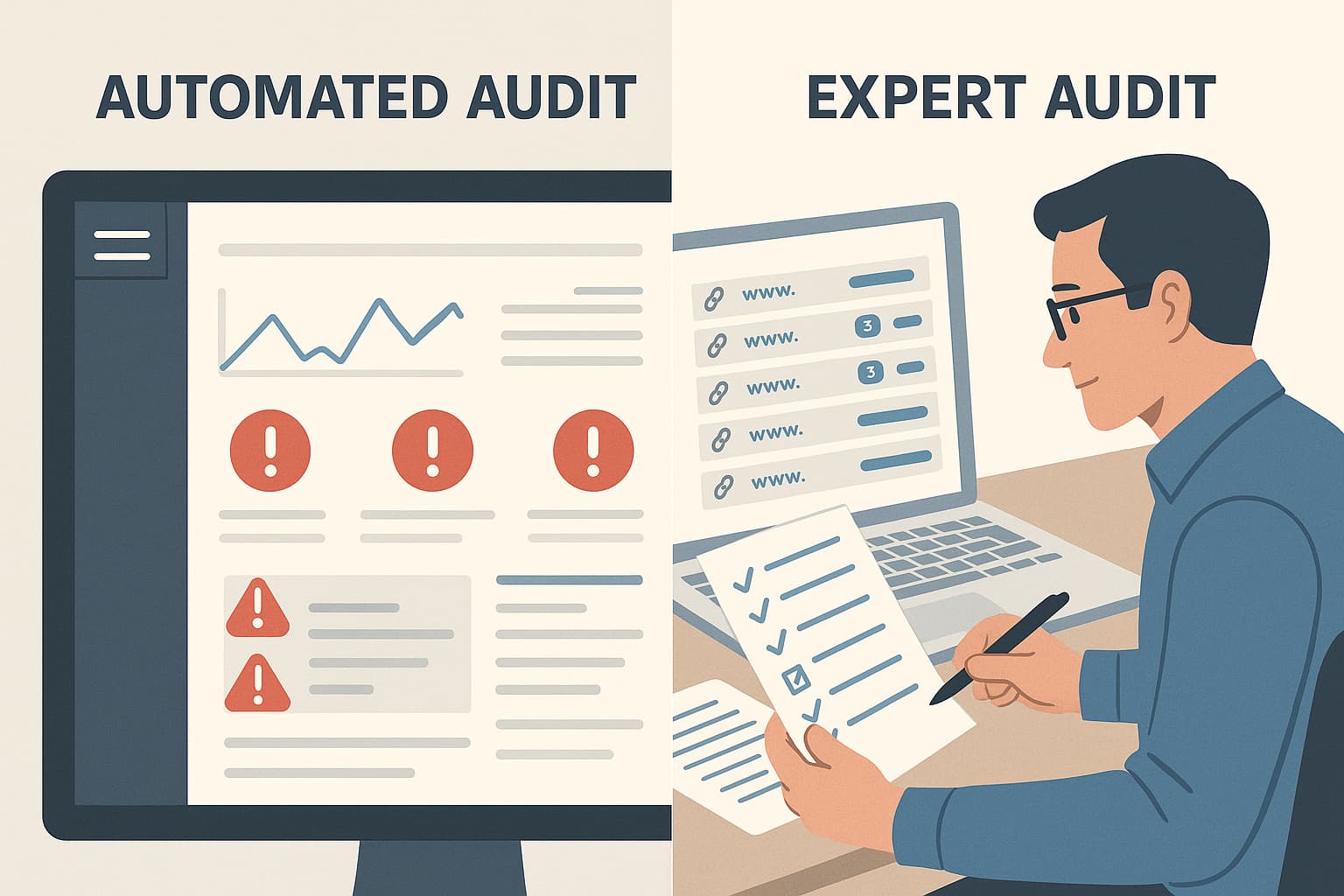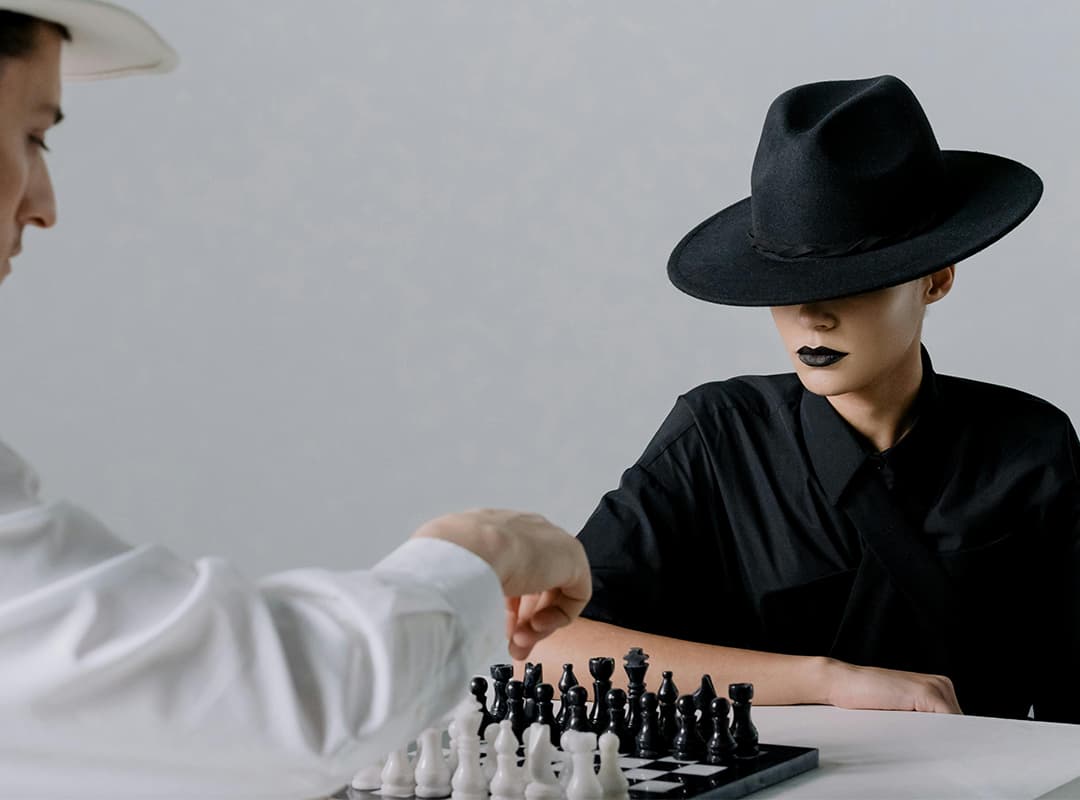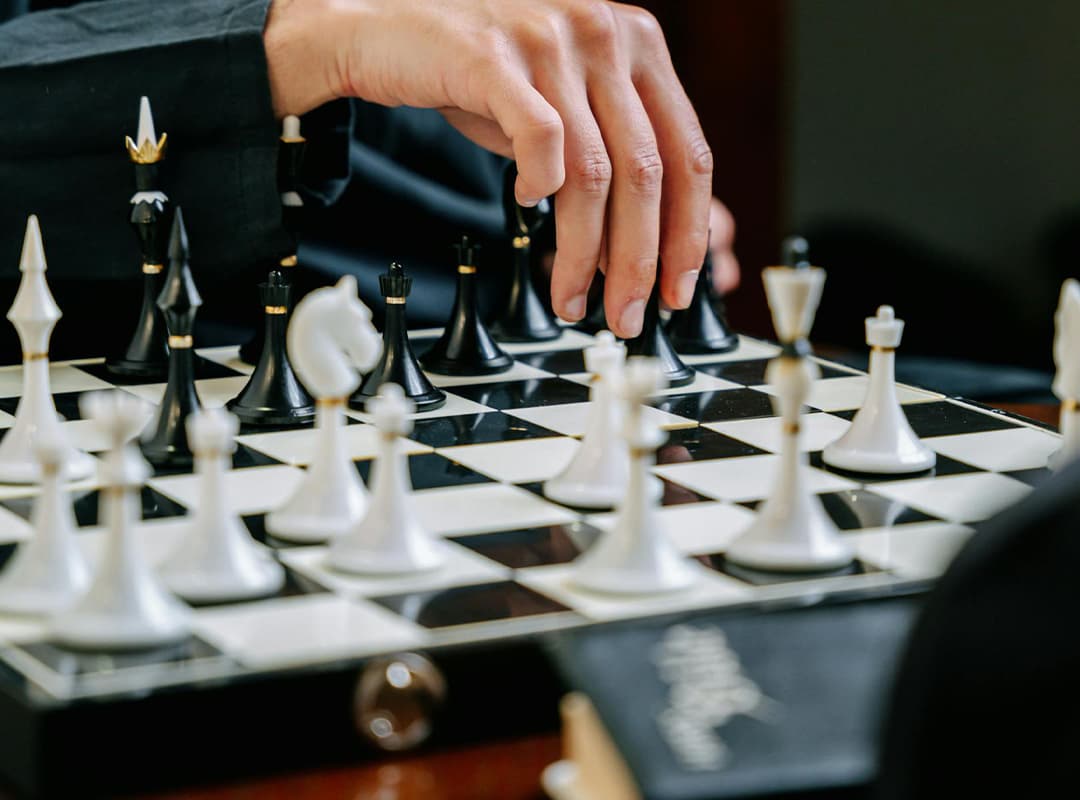Analyzing your own chess games is one of the best ways to improve as a player. Whether you’re a beginner or an advanced player, reviewing your games can reveal mistakes, missed opportunities, and strategic insights. From identifying blunders to understanding why certain moves work better than others, game analysis helps you develop a deeper understanding of your play style and refine your strategy. Here’s a guide on how to effectively analyze your games, whether you’re playing against an opponent or in a chess vs computer match.
1. Review the Game Move by Move
The first step in analyzing any chess game is to go through each move carefully. Play through the game slowly, considering why you made each move and what alternatives might have been better.
How to Approach It:
- Pause at each move and think about why you played it. Did you have a specific strategy, or were you simply reacting?
- Look for any moments when you hesitated or felt unsure; these are often key points where mistakes happen.
- Try to identify your thought process for each move. Did you follow a plan, or did you lose focus at any point?
When analyzing a chess vs computer game, look at the computer’s responses to your moves. Computers often select strong, accurate moves, which can highlight weaknesses in your choices.
2. Identify Blunders, Mistakes, and Inaccuracies
Blunders (major mistakes) and inaccuracies (less optimal moves) can significantly impact the outcome of a game. Many platforms, like Chess.com and Lichess, provide move analysis tools that categorize each move’s quality, highlighting errors and suggesting alternatives.
How to Approach It:
- Use the analysis tool to check for moves that were considered “blunders” or “mistakes” by the computer.
- Try to understand why the move was suboptimal. Did it lose material, allow a counter-attack, or weaken your position?
- Pay attention to recurring errors, such as leaving pieces unprotected or moving without considering threats.
Analyzing these mistakes is crucial for avoiding them in future games, as it helps you recognize risky moves and improves your ability to respond to threats more effectively.
3. Analyze Key Positions
Every game has critical moments—points at which the game’s trajectory could have shifted dramatically. Look at these positions carefully to understand why certain moves were crucial.
How to Approach It:
- Identify moments when the evaluation of the position changed significantly (e.g., from an advantage to a disadvantage).
- Ask questions such as: “What would happen if I moved another piece?” or “Was there a better way to protect my king or initiate an attack here?”
- Use a chess vs computer analysis to explore alternate moves. Most platforms allow you to play out “what if” scenarios, so you can test different lines and see how they might have impacted the game.
Studying these key positions helps you recognize critical moments in future games and make more informed decisions.
4. Understand the Opening Mistakes
The opening phase is essential in chess, as it sets the foundation for the middlegame. By analyzing your opening moves, you can see if you followed general principles or if you allowed your opponent an early advantage.
How to Approach It:
- Compare your opening moves with known theories or look up the opening you used to see if your moves align with standard lines.
- Identify any early deviations that weakened your position. Common mistakes in openings include developing pieces to poor squares, moving the same piece multiple times, and neglecting king safety.
- Experiment with alternative opening moves in a chess vs computer match to see if they lead to a stronger position.
Improving your openings can prevent early disadvantages, allowing you to enter the middlegame on equal or favorable terms.
5. Evaluate Your Middlegame Strategy
The middlegame is where most tactics and strategic battles happen. By analyzing your middlegame moves, you can see if you played actively or passively and how well you adapted to your opponent’s moves.
How to Approach It:
- Look at how you developed your pieces in the middlegame. Did you control the center and give your pieces active roles?
- Identify missed tactical opportunities like forks, pins, or discovered attacks.
- Assess your ability to recognize threats. Did you adequately protect your pieces and avoid unnecessary exchanges?
Consider playing chess vs computer scenarios based on different middlegame positions from your game to explore alternate strategies. This helps you test ideas and see what might have worked better in similar situations.
6. Examine Endgame Decisions
The endgame often requires precise calculation, as one misstep can easily turn a win into a draw or a loss. Understanding your endgame decisions helps you sharpen your endgame skills.
How to Approach It:
- Review your endgame technique, especially in pawn endings, rook endings, or other common endgame patterns.
- Look for missed opportunities to promote pawns, secure king safety, or activate your pieces.
- Practice endgame positions using a chess vs computer tool. Many chess platforms offer endgame simulators that allow you to work on specific endgame patterns and improve your closing game.
By focusing on the endgame, you’ll gain confidence in converting advantages and handling tough positions with clarity.
7. Note Psychological Patterns
Chess isn’t only about moves; it’s also about mindset. By examining your game, you can identify psychological habits that may be holding you back.
Common Patterns to Watch For:
- Playing Too Quickly: Did you make moves too fast without careful thought? This can lead to avoidable mistakes.
- Fear of Losing Pieces: Many players hesitate to sacrifice material, even when it could lead to a strong position or a checkmate. Recognizing when to sacrifice is an important skill.
- Loss of Focus: Did you become overly focused on a particular strategy and miss your opponent’s plans?
Addressing psychological patterns can improve your focus, confidence, and adaptability, giving you an edge in future games.
8. Use Computer Analysis Wisely
While computer analysis is powerful, it’s essential to use it wisely. Instead of relying solely on engine recommendations, try to understand why certain moves are better or worse.
How to Approach It:
- Use the computer analysis to point out mistakes, but take the time to understand the reason behind each recommendation.
- Focus on understanding positional play and strategy rather than memorizing engine suggestions.
- Try replaying your game as a chess vs computer match to test alternative moves and see how the engine responds to different ideas.
Engaging with computer analysis thoughtfully will help you develop as a player rather than just imitating engine moves.
Analyzing your own games is a valuable habit that can significantly improve your chess skills. By reviewing each phase of the game—openings, middlegame, and endgame—and understanding your psychological patterns, you’ll gain a better grasp of your strengths and weaknesses. Using chess vs computer tools is an excellent way to practice scenarios and test alternative moves, allowing you to see the game from different perspectives. With regular analysis and a focus on continuous learning, you’ll steadily improve and become a more strategic, adaptable player.



